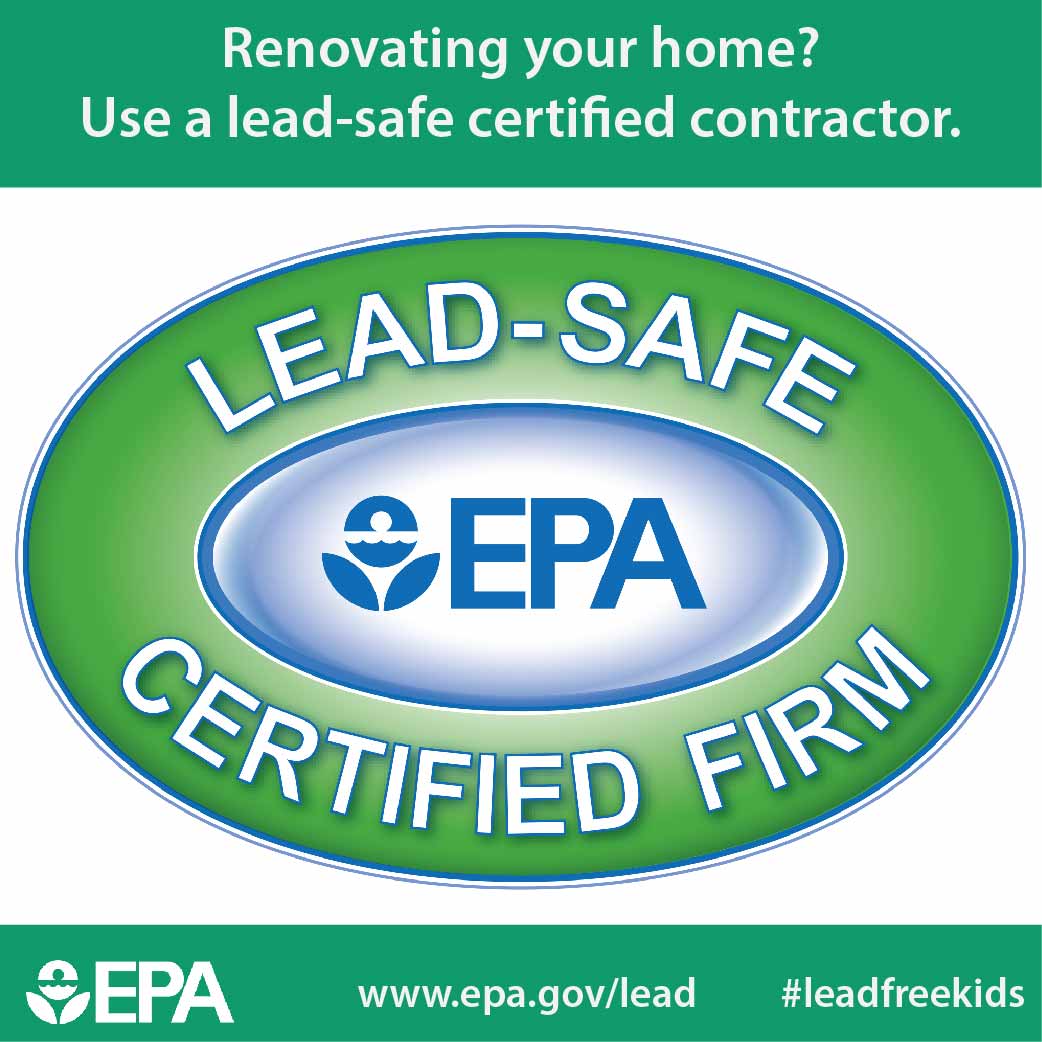Secret Seasonal Considerations For Commercial Exterior Painting: What You Need To Be Informed Regarding
Secret Seasonal Considerations For Commercial Exterior Painting: What You Need To Be Informed Regarding
Blog Article
Content Develop By-Burnham Rosendal
When you're planning an industrial external paint project, seasonal variables can make or break your outcomes. You'll intend to consider exactly how temperature level and humidity impact paint application and drying times. Selecting the ideal period can guarantee your paint sticks correctly and lasts longer. However which seasons are truly the most effective for this type of work? Allow's explore the key elements that can influence your project's success.
The Effect of Temperature on Paint Application
When you're preparing a business exterior paint task, the temperature level can dramatically affect how well the paint sticks and dries.
Preferably, you intend to repaint when temperature levels range between 50 ° F and 85 ° F. If it's also cold, the paint may not treat properly, leading to concerns like peeling off or cracking.
On the other side, if it's too hot, the paint can dry also swiftly, protecting against proper bond and resulting in an uneven coating.
You must also consider the moment of day; early morning or late afternoon supplies cooler temperatures, which can be extra beneficial.
Constantly check the manufacturer's referrals for the particular paint you're using, as they often supply support on the suitable temperature level array for ideal outcomes.
Humidity and Its Effect on Drying Times
Temperature isn't the only environmental variable that affects your commercial exterior painting task; moisture plays a considerable duty also. High moisture levels can decrease drying times significantly, influencing the total top quality of your paint work.
When the air is saturated with wetness, the paint takes longer to treat, which can bring about concerns like bad adhesion and a greater danger of mold growth. If you're painting on a particularly damp day, be gotten ready for extensive wait times between coats.
It's vital to keep an eye on neighborhood climate condition and strategy accordingly. Preferably, aim for moisture degrees between 40% and 70% for ideal drying out.
Maintaining these factors in mind guarantees your job stays on track and delivers a long-term finish.
Best Seasons for Commercial Exterior Paint Projects
What's the best time of year for your business exterior paint tasks?
Springtime and early autumn are generally your best options. Throughout villa painting , temperatures are moderate, and moisture levels are commonly lower, developing excellent conditions for paint application and drying out.
Prevent summer's intense heat, which can create paint to dry as well quickly, causing bad adhesion and finish. Likewise, winter months's cold temperatures can hinder appropriate drying out and healing, taking the chance of the long life of your paint work.
Aim for days with temperatures in between 50 ° F and 85 ° F for optimal results. Keep in mind to check the regional weather report for rainfall, as damp problems can ruin your job.
Planning around these elements ensures your paint project runs smoothly and lasts much longer.
Verdict
Finally, intending your industrial external paint jobs around seasonal considerations can make a significant difference in the end result. By organizing best in tulsa contractor throughout the suitable temperature levels and humidity degrees, you'll guarantee better bond and drying times. Bear in mind to watch on local weather prediction and select the correct time of year-- spring and very early fall are your best options. Taking these steps will certainly aid you accomplish a sturdy and professional finish that lasts.
